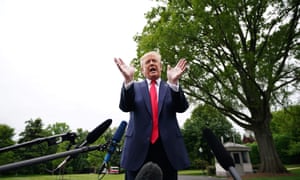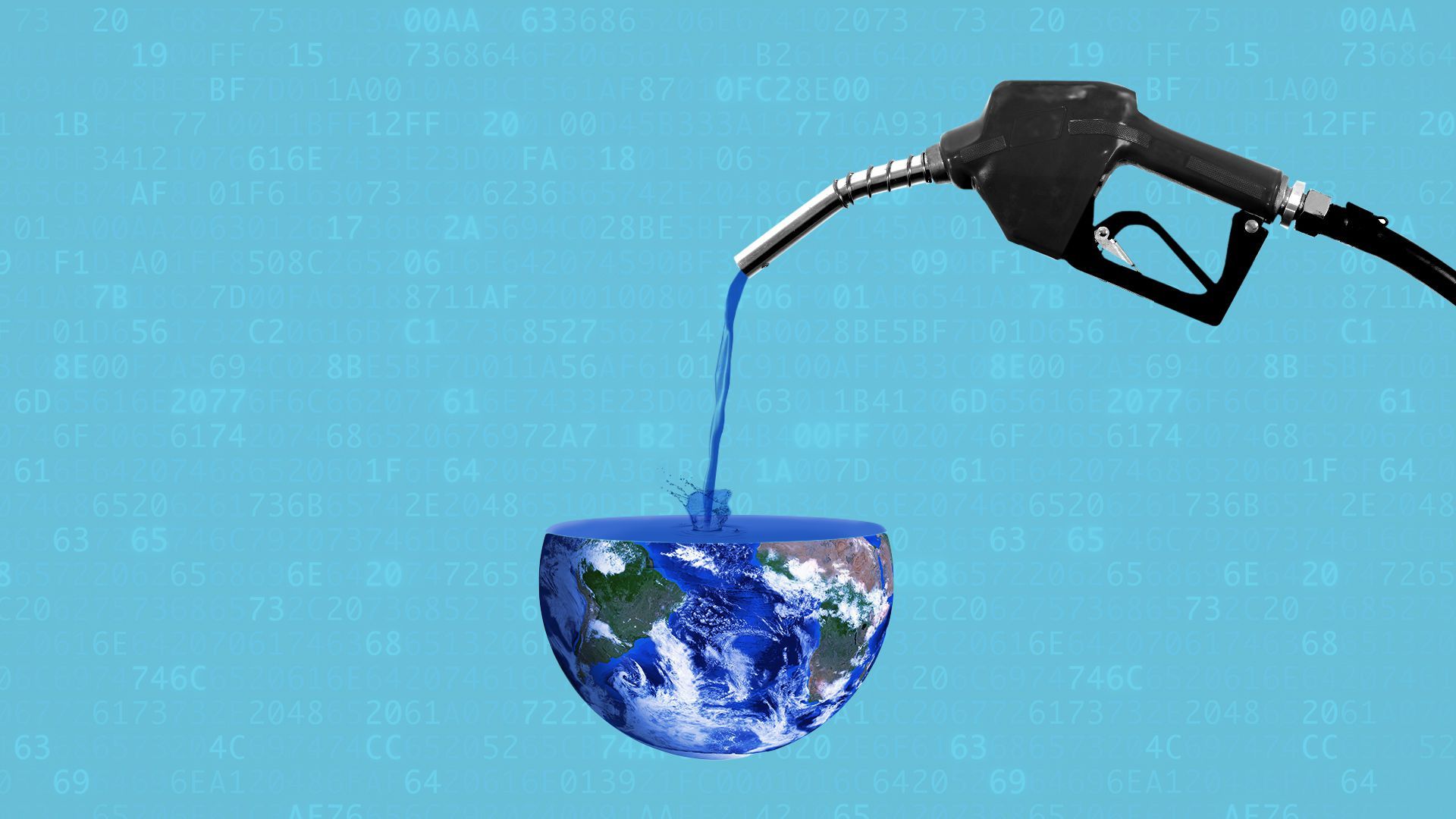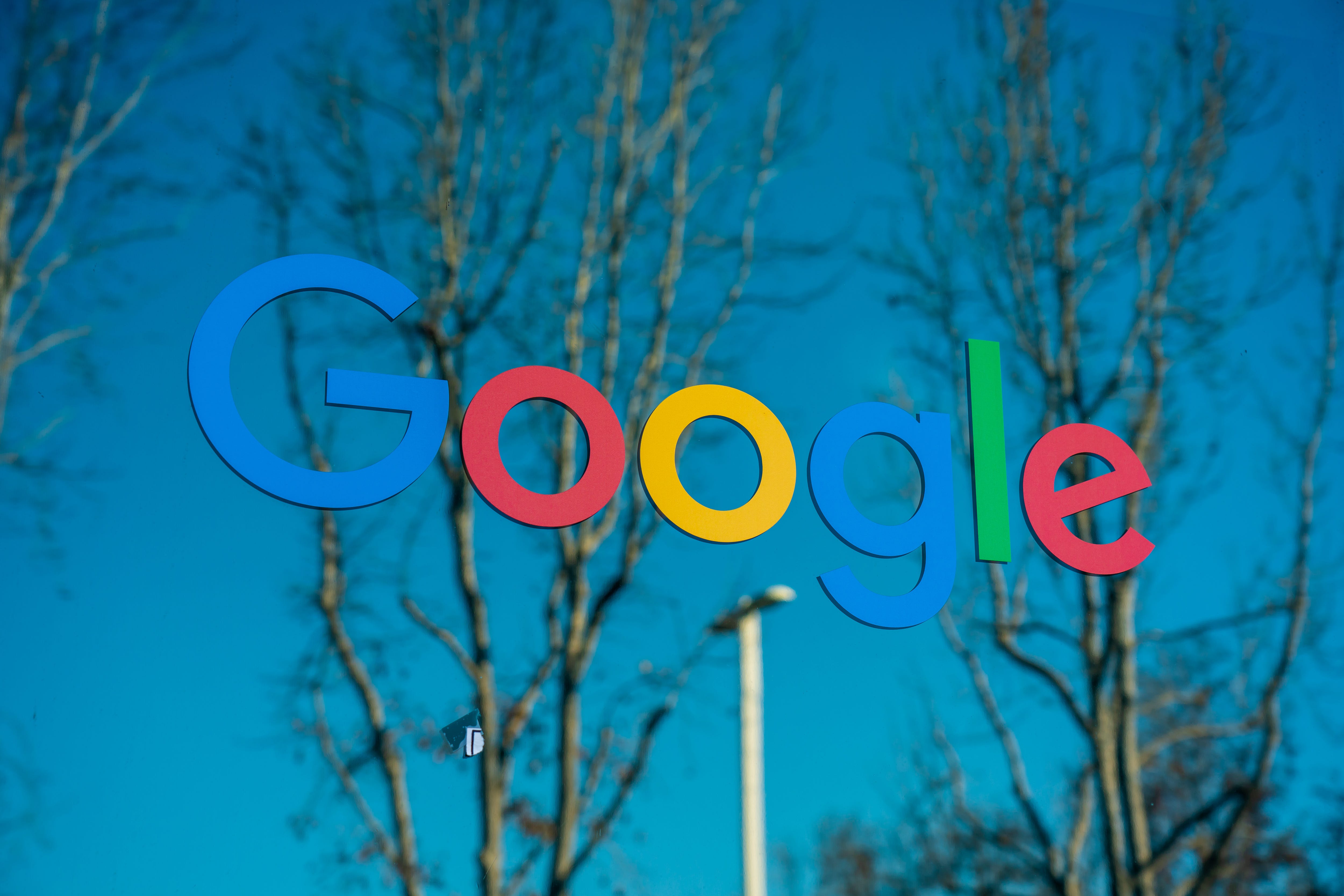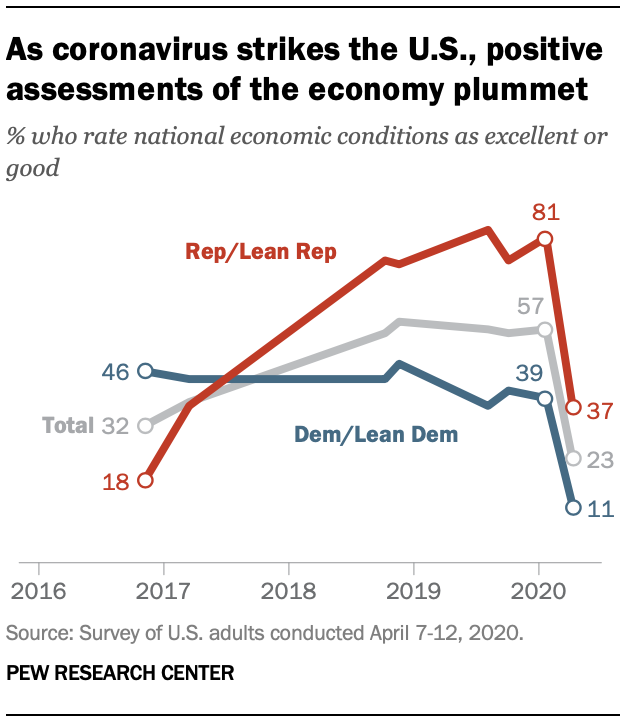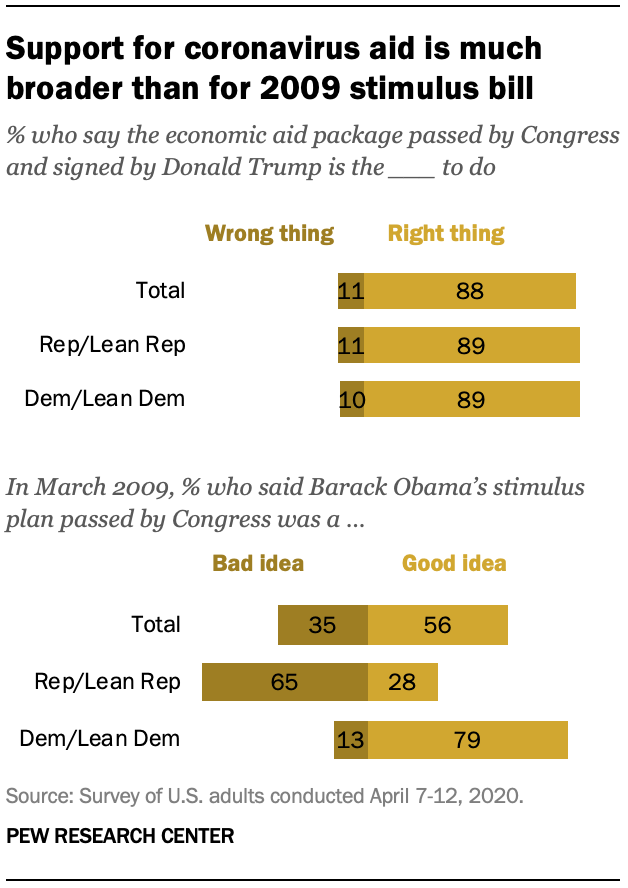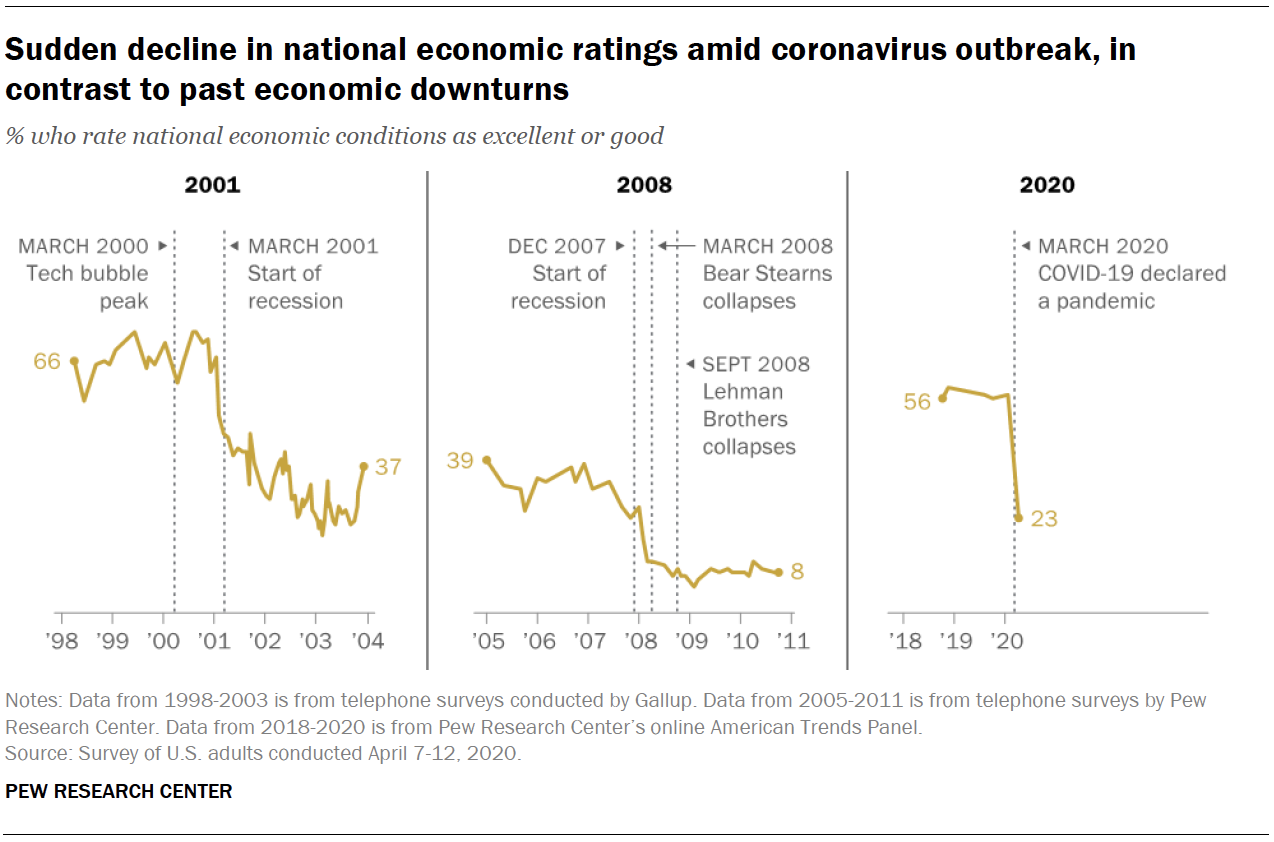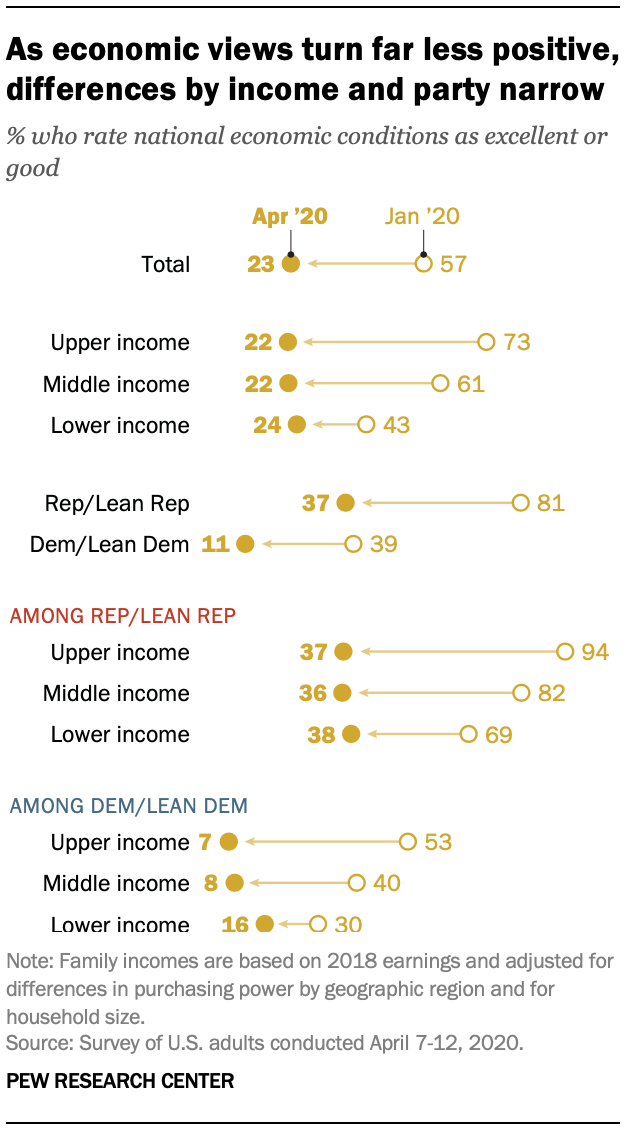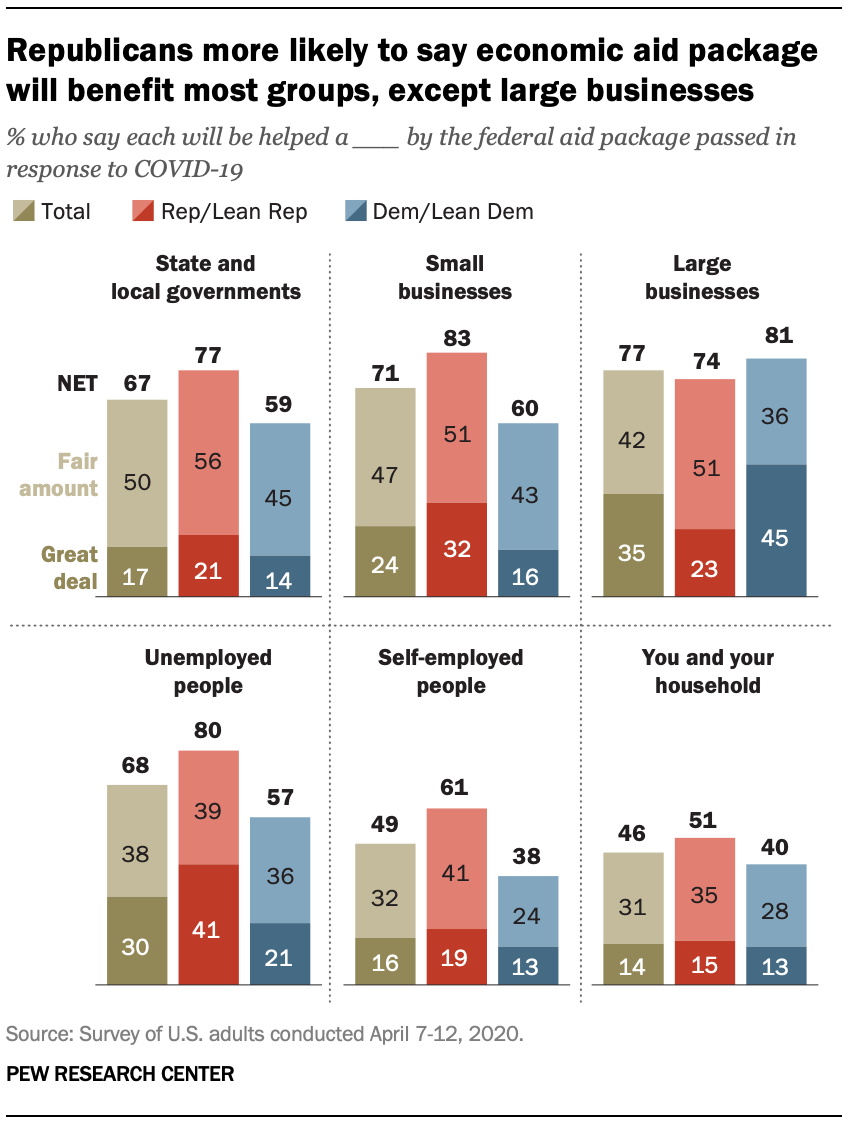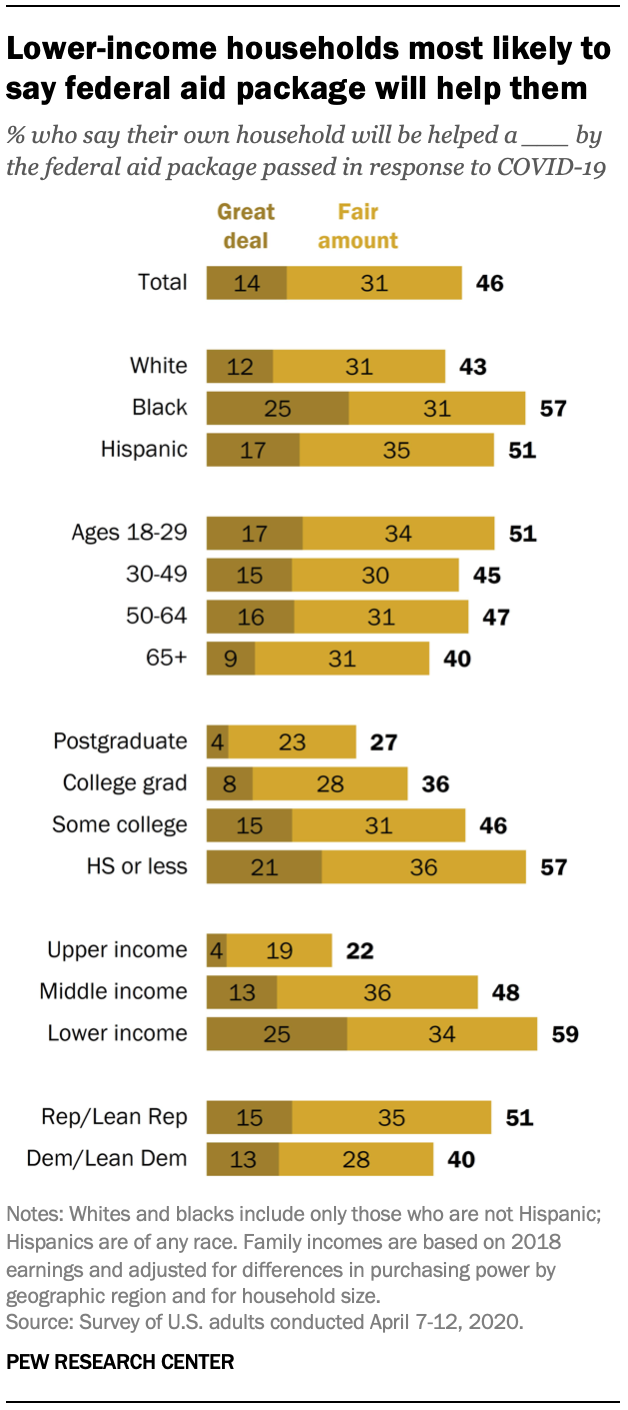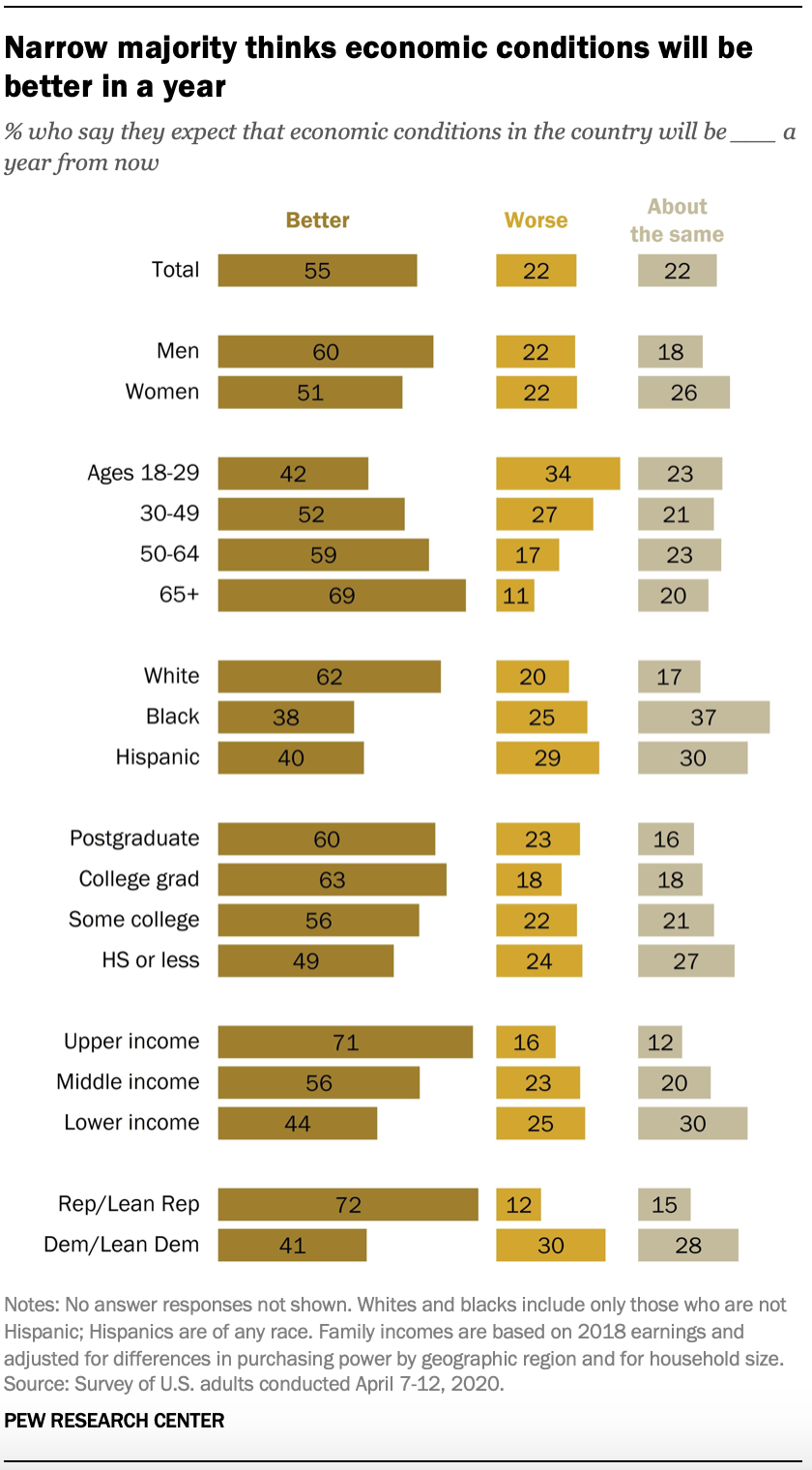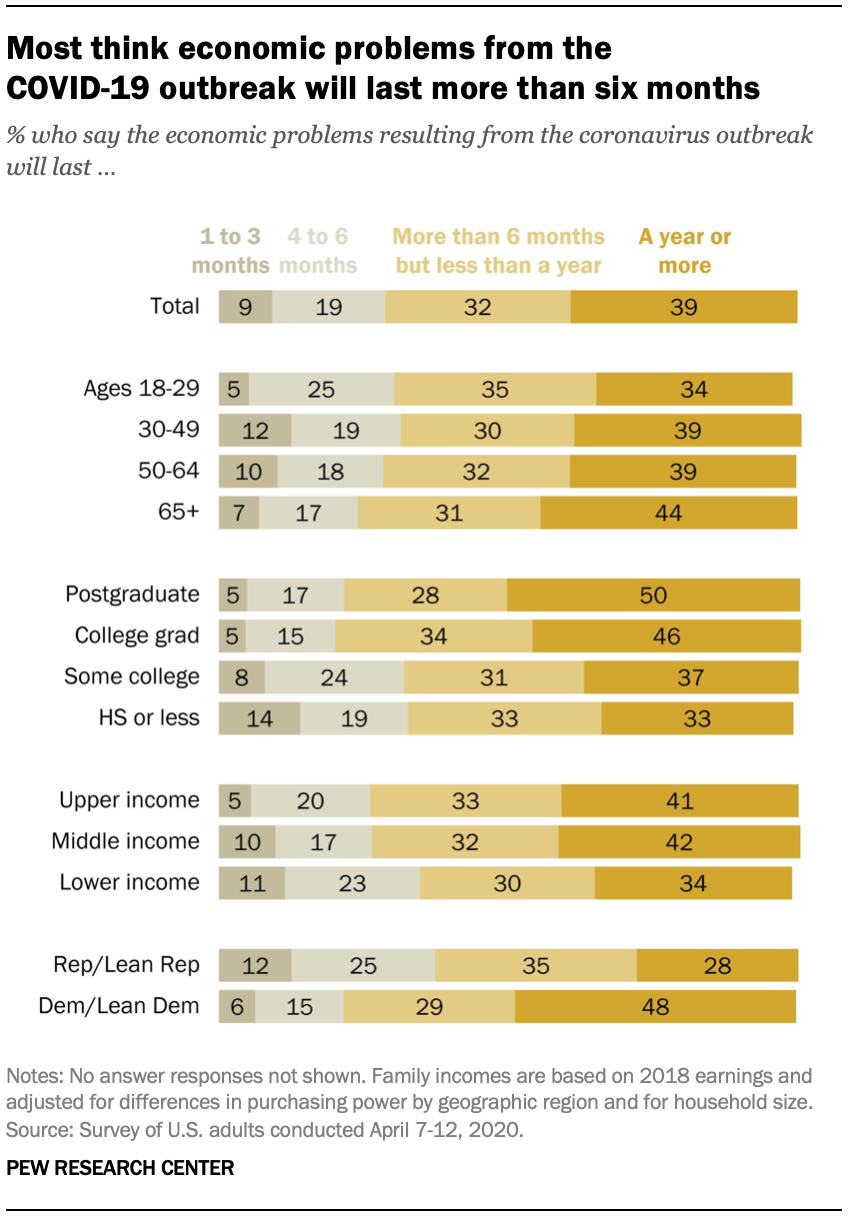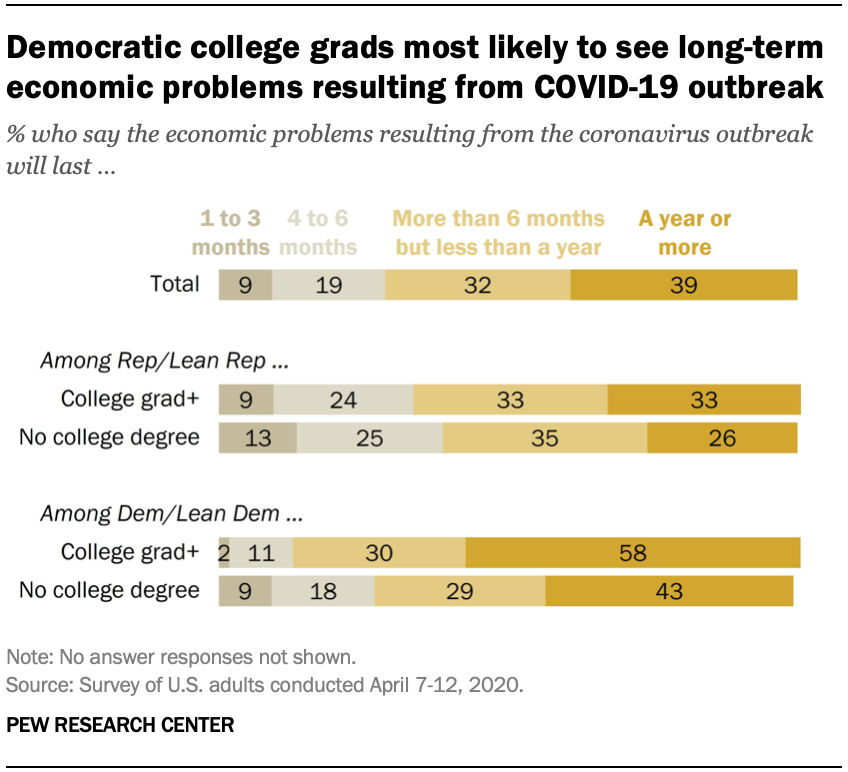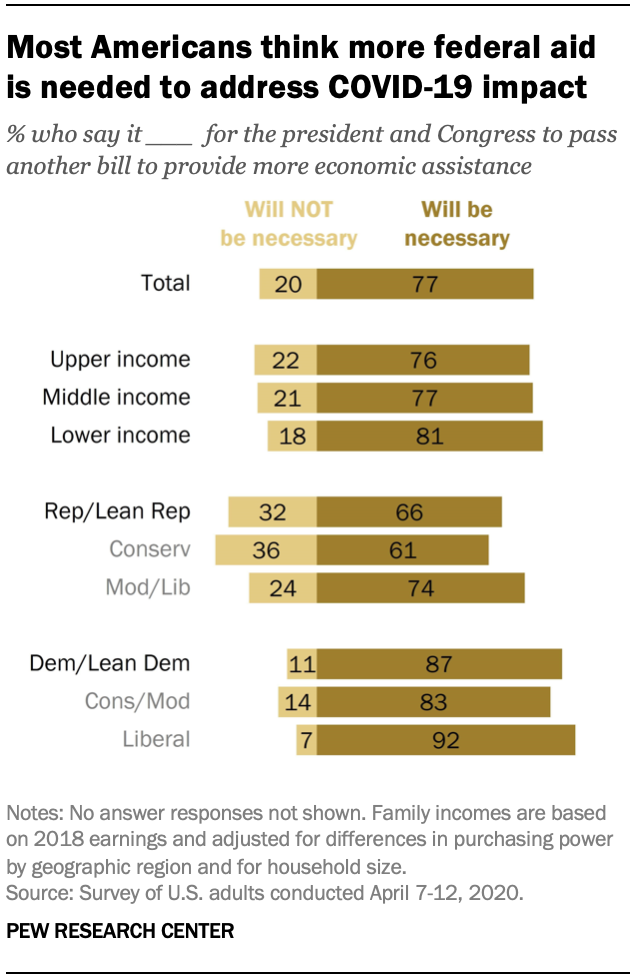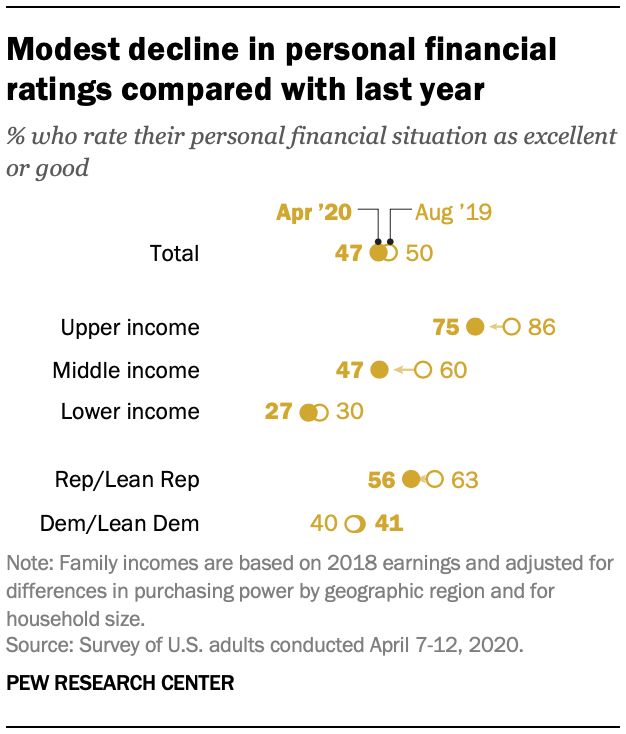FROM VIRTUALLY ALL OTHER INDUSTRIES
IN THE ECONOMY BECAUSE THE
PARTICIPANTS, THEMSELVES, CONTROL
THE RULES OF COMPETITION
The political system is a private industry
that sets its own rules
Most people think of politics as its own unique public
institution governed by impartial laws dating back to
the founders. Not so. Politics is, in fact, an industry—
most of whose key players are private, gain-seeking
organizations. The industry competes, just like other
industries, to grow and accumulate resources and
influence for itself. The key players work to advance their
self-interests, not necessarily the public interest.
It’s important to recognize that much of what constitutes
today’s political system has no basis in the Constitution.
As our system evolved, the parties—and a larger political
industrial complex that surrounds them—established and
optimized a set of rules and practices that enhanced their
power and diminished our democracy. These changes—
often created behind closed doors and largely invisible
to the average citizen—continue to take their toll at both
the federal and the state levels.
The politics industry is different from virtually all other
industries in the economy because the participants,
themselves, control the rules of competition. There is
no truly independent regulation of politics that protects
the public interest. Free from regulation and oversight,
the duopoly does exactly what one would fear: The rivals
distort the rules of competition in their favor. Examples
of this includes controlling access to the general election
ballot, partisan gerrymandering, and the Hastert Rule,
which puts partisan concerns above legislating for the
public interest.
These biased rules and practices have many competitive
consequences, including a sharp decline in legislation
passed, the near extinction of moderates in the Senate
and the House, declining bipartisan support for laws
enacted, and many others.
Citizens should expect four outcomes from
a healthy political system—which currently
delivers none of them
1. Practical and effective solutions to solve our
nation’s important problems and expand citizen
opportunity. Solutions are policies that address
important problems or expand opportunities for
citizens. Solutions actually work and make things
better in practice. Effective solutions address reality,
not ideology. Practical and sustainable solutions are
not uni-dimensional, but nuanced, and they integrate
the range of relevant and important considerations
involved in virtually every good policy. Solutions weigh
and balance points of view across constituencies,
and make sound tradeoffs in integrating them. Real
solutions almost always require compromise and
bipartisanship. While the importance of solutions
seems obvious, solutions are almost non-existent in
America’s political system today.
2. Action. Legislation that matters is legislation that
is actually enacted and implemented. Yet the vast
majority of promises made by candidates and political
leaders in today’s system never get acted upon.
Little serious legislation is even advanced, much less
passed.
3. Reasonably broad-based buy-in by the citizenry
over time. Good solutions should be able to gain
over time reasonably broad-based acceptance and
consensus across the population. While there will
never be 100% support for any policy, true solutions
(which most often involve bipartisanship) are those
that can be accepted over time by a range of
constituents across the political spectrum.
For this to happen, political leadership is required
and must—at times—be ahead of popular opinion
(that’s why it’s called leadership). At its best, political
competition should educate, unite, and inspire
citizens, rather than dividing them. Today, politics is
dividing us, not bringing us together.
4. Respect the Constitution and the rights of all
citizens. In our democracy, good solutions reflect
the rights and interests of all Americans, rather than
simplistic majority rule. This can sometimes make
achieving political solutions more complicated, but
is part of what has made America the remarkable
country it has become.
These desired outcomes seem self-evident, yet many
citizens have lost sight of what we want from our political
system. This has created a vacuum that has allowed
political actors to define success to fit their own purposes
instead of public purposes, and mislead citizens in the
process.
The structure of the politics industry has created
unhealthy competition that fails to advance the
public interest
The nature of competition in any industry—and the
degree to which it meets the needs of customers—
depends on its underlying structure. To understand the
failure of politics, we can employ the same tools used to
study competition in other fields.
What is the structure of the politics industry? It is a
textbook example of a duopoly, an industry dominated by
two entrenched players.
Around the two major parties,the Democrats and the
Republicans, has arisen what we call the “political industrial
complex,” an interconnected set of entities that support
the duopoly.
These include special interests, donors (particularly “big money”),
pollsters, consultants, partisan think tanks, the media,
lobbyists, and others. The political industrial complex is
big business. And virtually all the players in the political
industrial complex are connected to one side of the
duopoly or the other—the right or the left—which has
contributed to failed competition.
In healthy competition, industry actors would be
competing to deliver the desired outcomes for
customers—fellow citizens—and be held accountable
for results. Political rivals who fail to serve the public
would be replaced by new competitors who do. Instead,
today’s political competition is unhealthy competition in
which rivals are entrenched, insulated from the pressures
to serve customers better, and protected from new
competition. The political industrial complex expands and
grows, but the nation fails to progress.
The structure of the politics industry
How have political actors distorted competition to serve
their interests, not the public interest? There are four
essential elements:
1. Who the duopoly serves. A political system is
supposed to serve the public interest, so all citizens
should be its customers. Instead, customers in
the politics industry can be divided into five major
segments based on how they engage with the
industry: partisan primary voters, special interests,
donors, average voters, and non-voters. The parties
prioritize the customers that most advance their
interests through the two currencies of politics: votes,
money, or both. The most powerful customers are
partisan primary voters, special interests, and donors.
Average voters and current non-voters, the majority
of citizens, have little or no influence on policy or
outcomes.
The parties do pay some attention to the average
voter in order to increase the turnout of their base,
depress the turnout of the other side’s base, and
capture “swing” voters. But since average voters have
only two choices in most general elections, parties
appeal to them on the margin. The parties do not
compete for average voters by delivering outcomes
for their benefit, but rather by seeking to be a little
less disliked than—or slightly preferred to—the other
party. Parties don’t need to deliver solutions, but only
convince average voters to choose them as the “lesser
of two evils.” In a normal industry, ignoring such a
large group of customers would make a competitor
vulnerable to new competition. But in the politics
industry, as we will discuss, the barriers to entry are
very high, and therefore, new competition does not
emerge.
Recent research supports these conclusions about
where customer power actually lies. In 2014,
researchers at Princeton and Northwestern University
examined congressional action on 1,779 policy
issues. Their sad finding: “When the preferences of
economic elites and the stands of organized interest
groups are controlled for, the preferences of the
average American appear to have only a minuscule,
near-zero, statistically non-significant impact upon
public policy.”
by KM Gehl - 2017 -
As co-chair of the multiyear, non-partisan U.S. Competitiveness Project at Harvard. Business School over the past five years, it became clear to him that the


